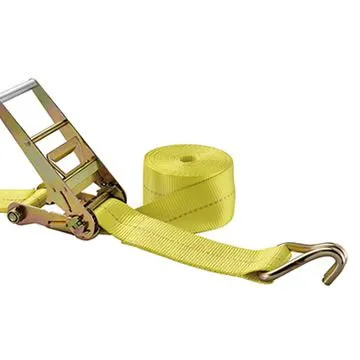11 月 . 02, 2024 03:40 Back to list
ceiling t bar hangers
Understanding Ceiling T-Bar Hangers A Comprehensive Guide
Ceiling T-bar hangers are an essential component in modern construction, particularly in the installation of suspended ceiling systems. These hangers serve a crucial role in supporting T-bar grids, which are the backbone of drop ceilings. This article delves into the functionality, types, and installation process of T-bar hangers, providing insights for both professionals and DIY enthusiasts.
What Are Ceiling T-Bar Hangers?
Ceiling T-bar hangers are hardware pieces designed to secure the T-bar grid system to the overhead structural elements of a building. The T-bar grid is made up of T-shaped metal strips that create a framework for laying acoustic tiles or panels. The primary function of T-bar hangers is to ensure stability and alignment, preventing sagging or misalignment of the ceiling tiles over time.
Types of T-Bar Hangers
There are several types of T-bar hangers, each serving different purposes and installation scenarios
1. Wire Hangers These are the most common type, made from heavy-duty steel wire. They are flexible and can be easily adjusted to the desired height, making them ideal for smaller projects or home renovations.
2. Rod Hangers Typically made of metal rods, these hangers offer greater strength and are more suitable for larger commercial projects where additional weight support is necessary.
3. Clip Hangers These hangers attach directly to the T-bar grid and are often used in conjunction with other types of hangers to improve stability.
ceiling t bar hangers

4. Integrated Hangers Some T-bar systems come with built-in hangers that simplify installation. These products usually combine both the grid and the support system into one cohesive unit.
Installation Process
Installing ceiling T-bar hangers involves several key steps. First, you need to measure the ceiling height and determine the number of hangers required based on the layout of the T-bar grid.
1. Prepare the Area Ensure the ceiling area where the hangers will be installed is clear of obstructions. Measure and mark the desired height for your T-bar grid on the walls.
2. Install Hangers Begin by attaching the hangers to the overhead structure. This could be a concrete slab, wooden beams, or metal studs. For wire hangers, feed the wire through a hole in the ceiling structure and twist it securely. For rod hangers, use the appropriate anchors and fasteners to secure them firmly.
3. Attach T-Bar Grids Once all the hangers are in place, you can start installing the T-bar grid. Secure the grid into the hangers, ensuring each piece interlocks correctly for a stable installation.
4. Final Check After the entire grid is installed, double-check for any sagging or misalignment. Adjust the height if necessary and ensure that all components are securely fastened.
Conclusion
Ceiling T-bar hangers are a vital element in the construction of suspended ceilings, ensuring they are secure, stable, and aesthetically pleasing. Whether for a residential renovation or a large commercial project, understanding the different types of hangers and their installation process can significantly impact the success of your ceiling project. With the right tools and techniques, anyone can master the art of installing T-bar systems and create a functional, stylish ceiling that meets their needs.
-
Revolutionizing Interior Design with Ceilings t grid Suspended SystemNewsOct.29,2024
-
Revolutionizing Ceiling Design with ceiling access panel with Gypsum Tile WaterproofNewsOct.29,2024
-
Revolutionizing Interior Design with PVC Gypsum Ceiling: A Comprehensive GuideNewsOct.29,2024
-
Elevating Interior Design with High quality Mineral Fiber Ceiling TilesNewsOct.29,2024
-
Revolutionizing Interior Design with PVC Gypsum Ceiling: A Comprehensive GuideNewsOct.29,2024
-
Elevating Interior Design with High-Quality Mineral Fiber Ceiling Tiles: A Comprehensive GuideNewsOct.29,2024







